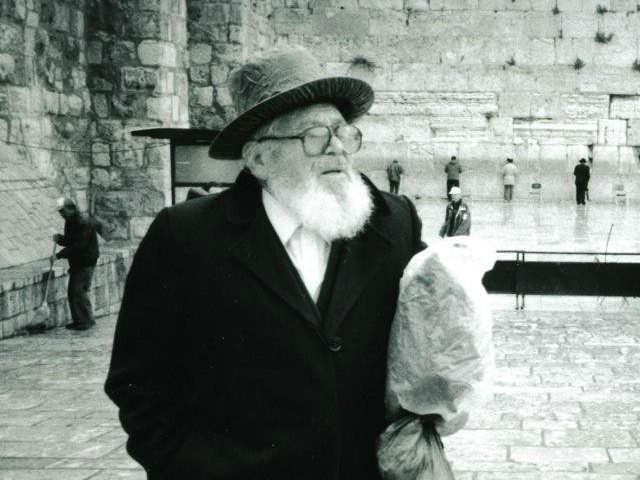
Testimonies of a number of Israeli-Palestinian couples from different ethnic or religious backgrounds, in search for a way to align their love lives with the political, cultural and religious realities they inhabit.
Isis Nusair: What are your impressions of Palestinian cinema at the time?
Michel Khleifi: Unfortunately, I was the only film director in the Palestinian cinematic scene then. From the beginning of the 1980s and until the early 1990s there were no Palestinian film directors. In the 1990s, a number of directors emerged and contributed to enriching and expanding new cinematic themes and forms. They are from the “Oslo” generation and focused more on globalization. Despite the difference in quality, this was a great contribution to Palestinian cinema. I, in turn, became part of that group and made a number of films including, Forbidden Marriages in the Holy Land (1995). It is a documentary film that poses the question of marginalized couples that fall in love despite being from different ethnic or religious backgrounds. They suffer as a result of narrow definitions of nationality and religious violence that currently dominates the general scene in the Middle East.1
- 1Isis Nusair, “Between ‘Reality’ and Memory: An Interview with Palestinian Filmmaker Michel Khleifi,” Jadaliyya, 2015.

